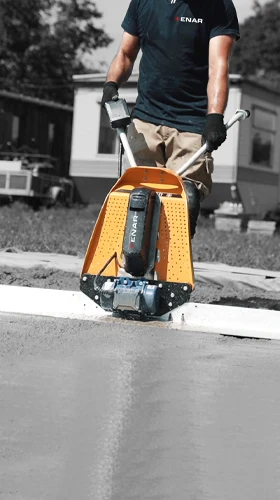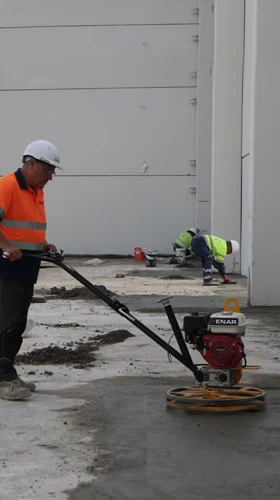Petrol or electric vibrating screed?
The choice depends on where you are going to use it and the size of the job.
- Petrol screed: Large outdoor projects (warehouses, car parks, roads). It is more powerful and you don't need to worry about power sockets, giving you complete freedom of movement. On the other hand, it produces fumes, so it cannot be used indoors without forced ventilation. It is noisier and the engine requires more maintenance.
- Electric screed: Indoor work, basements, renovations or areas where noise is a problem. It does not emit fumes, is much quieter, is easier to maintain and is usually lighter. You need a power point nearby. The cable can be a nuisance and a hazard in the work area.
In short: for large, outdoor jobs, petrol. For indoors or noise-sensitive areas, electric.
View more articles: Surface vibration process
- What is concrete surface vibration and why is it important?
- How does a vibrating screed work?
- How does a power trowel work and when should it be used?
- What types of finishes are available for concrete flooring?
- What is the difference between polished, trowelled and semi-polished concrete?
- How do I choose the right size vibrating screed for my project?
- What maintenance does a vibrating screed or trowel require?
- How to solve the most common problems when using a trowel?




